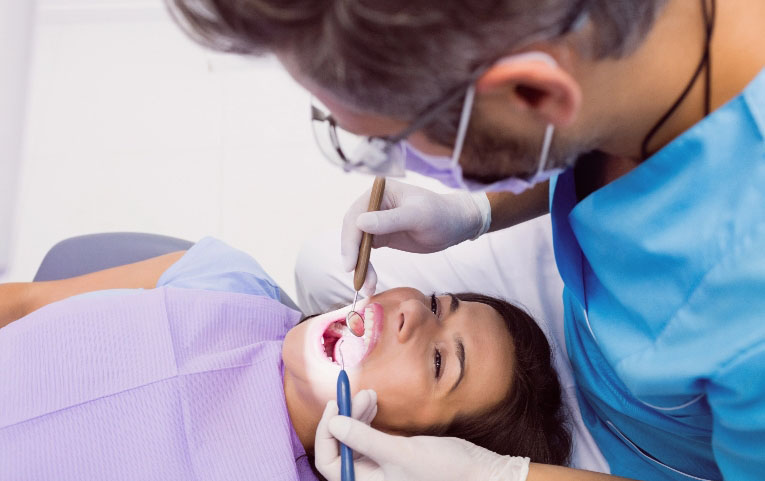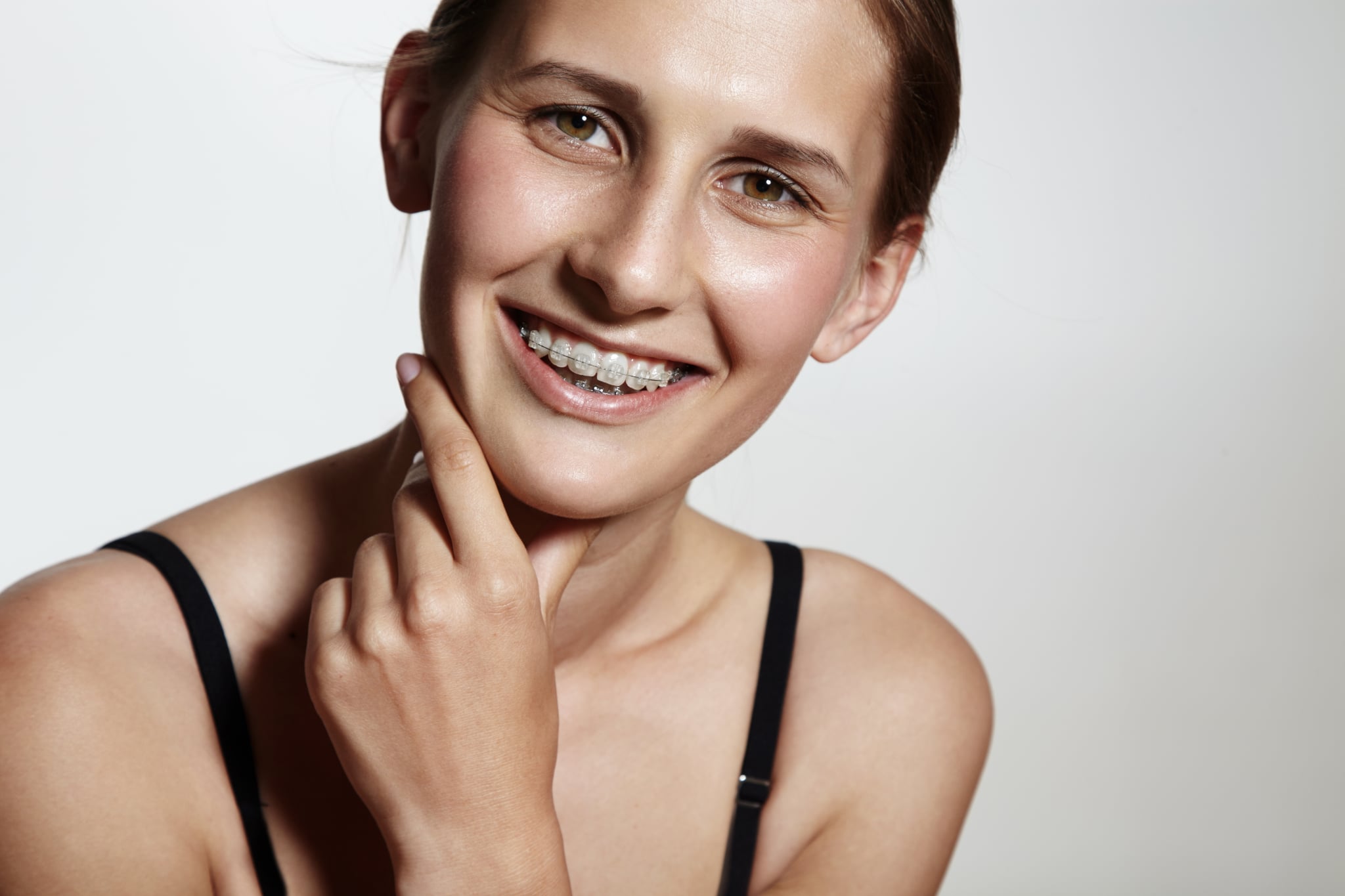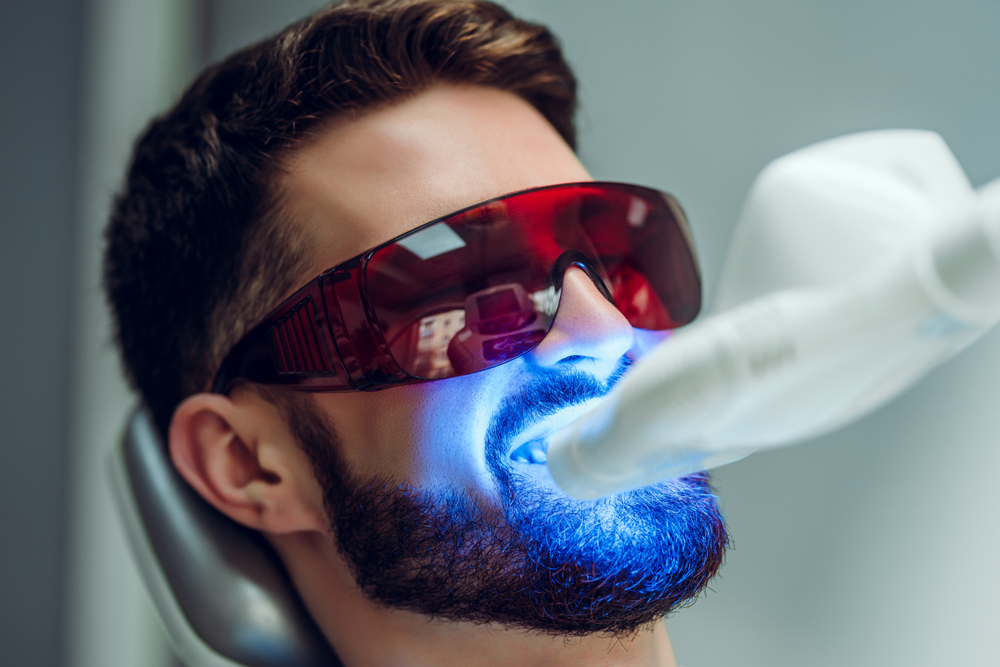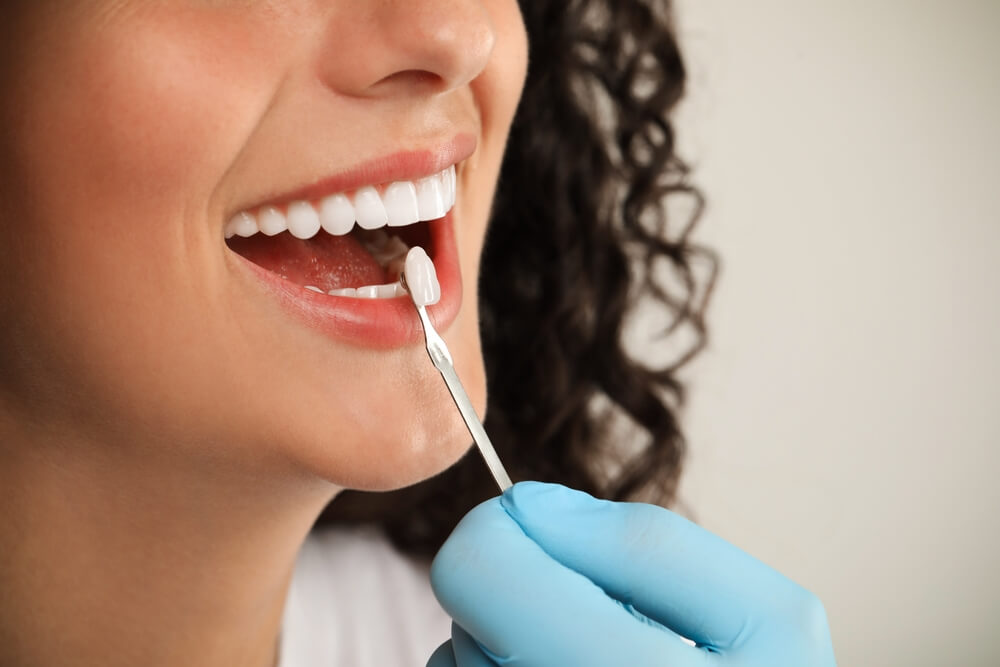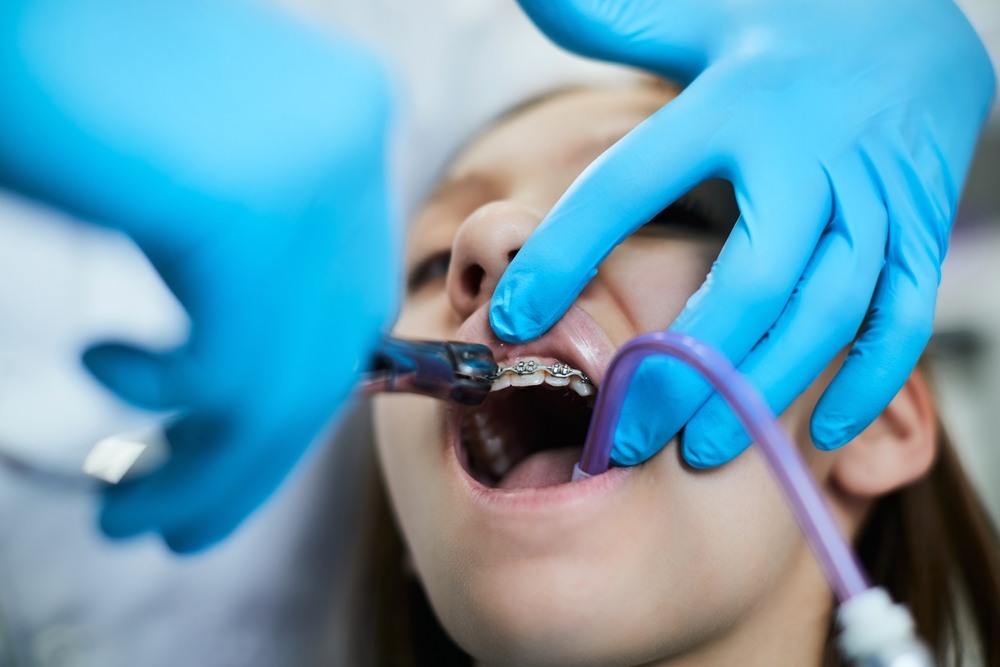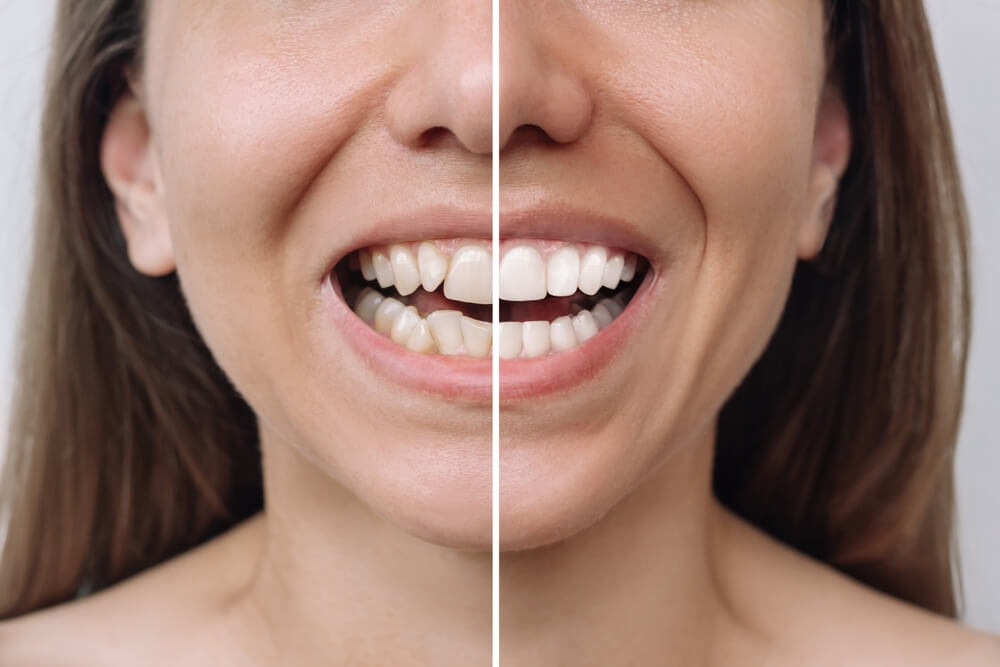Have you ever wished for a straighter smile but thought you’d missed your chance? The truth is, adult orthodontics is more popular than ever, and it’s never too late to get the smile you deserve. With modern treatments, adults of all ages are enjoying the benefits of straighter teeth, improved confidence, and better oral health.
What Is Adult Orthodontics?
Adult orthodontics is all about helping grown-ups achieve healthy, straight teeth. While braces are often linked to teenagers, many adults are now choosing orthodontic treatment. Today’s options are more comfortable and discreet, making fitting treatment into a busy adult lifestyle easier than ever.
Myths About Adult Orthodontics
Thinking about getting braces as an adult? You might have heard a few myths that could make you hesitate. Let’s set the record straight and bust some of the most common misconceptions about adult orthodontics:
Myth 1: Braces are only for children and teenagers
This is simply not true. More adults than ever are choosing orthodontic treatment, and there’s no age limit for improving your smile. In fact, many orthodontic practices report that a significant number of their new patients are adults.
Myth 2: I’m too old for braces to work
Teeth can be moved at any age, as long as your gums and bone are healthy. Modern orthodontic techniques are just as effective for adults as they are for younger patients.
Myth 3: Metal braces are my only option
Today, there is a wide range of orthodontic choices, options include; clear aligners, ceramic braces, and lingual (behind-the-teeth) braces. These options are much more discreet and comfortable than traditional metal braces.
Myth 4: Braces will interfere with my daily life
While you may need to make a few small adjustments, most adults find that braces or aligners fit easily into their routines. Clear aligners can be removed for eating and important events, and appointments are usually quick and easy to schedule.
Myth 5: Orthodontic treatment is just cosmetic
Straightening your teeth isn’t only about looks. Proper alignment can improve your oral health, make cleaning easier, reduce jaw pain, and even help with issues like headaches or sleep apnoea.
Myth 6: Braces are too expensive for adults
These days, there are more affordable orthodontic options and flexible payment plans than ever before. Many practices work with you to make treatment fit your budget.
Don’t let myths hold you back from achieving a healthier, more confident smile. If you have questions or concerns, your orthodontist can provide honest answers and help you find the best solution for your needs.
How Adult Orthodontics Differs from Teen Treatment
- Adults may have more complex dental needs, such as missing teeth or gum issues.
- Treatment may take a little longer, as adult bones are no longer growing.
- Adults are often more motivated and diligent with their care, leading to excellent results.
Why More Adults Are Choosing Braces Today
- Discreet options like clear aligners and ceramic braces are now available.
- Improved oral health and confidence at any age.
- Flexible payment plans make treatment more accessible.
Benefits of Adult Braces and Orthodontic Treatment
Choosing adult orthodontics can transform more than just your smile. Here’s how:
Oral Health Improvements
- Straighter teeth are easier to clean, reducing the risk of gum disease and tooth decay.
- Correcting bite issues can prevent uneven wear and jaw pain.
Functional and Bite Corrections
- Fixes problems like overbites, underbites, and gaps.
- Improves chewing and speech.
Boosting Confidence and Social Wellbeing
- A straight smile can make you feel more confident in social and professional settings.
- Many adults report feeling happier and more outgoing after treatment.
Long-Term Health and Financial Benefits
- Prevents costly dental problems in the future.
- Investing in your smile can pay off for years to come.
Types of Braces and Orthodontic Options for Adults
- Strong and effective for all types of alignment issues.
- More affordable than some other options.
- Less noticeable than metal braces.
- Blend in with your natural teeth.
Lingual Braces (Hidden Braces)
- Attached to the back of your teeth, making them invisible from the front.
- Custom-made for comfort and effectiveness.
Clear Aligners (e.g., Invisalign)
- Removable and nearly invisible.
- Easy to clean and comfortable to wear.
The Adult Orthodontic Journey: What to Expect
Starting orthodontic treatment as an adult is simpler than you might think. Here’s what happens at each stage:
1. Initial Consultation
Your orthodontist will assess your teeth, take X-rays or scans, and discuss your goals. They’ll explain your treatment options and answer any questions.
2. Personalised Treatment Plan
A tailored plan will be created based on your dental needs, lifestyle, and preferences. You’ll also receive a timeline and cost estimate.
3. Fitting Braces or Aligners
Once your plan is finalised, braces will be fitted, or you’ll receive your first set of clear aligners. Both options start working right away to align your teeth.
4. Regular Check-Ups
You’ll visit your orthodontist every few weeks for adjustments or progress checks. These appointments ensure everything is moving as planned.
5. Living with Braces or Aligners
Adapting to braces or aligners is easier than you might expect. Clear aligners are removable for meals, while fixed braces require minor lifestyle changes.
6. Retention Phase
After treatment, retainers are used to keep your teeth in their new positions. Your orthodontist will guide you on how often to wear them to maintain your results.
How to Choose the Right Option for You
Choosing the best orthodontic treatment as an adult can feel overwhelming, but understanding your options and priorities makes the decision much easier. Here are the things to think about when considering your orthodontic options:
1. Your Lifestyle and Preferences
Your daily routine and personal preferences play an important role in choosing the right treatment.
- If you value discretion, clear aligners or ceramic braces may be ideal, as they are less noticeable than traditional metal braces.
- For busy professionals or those with active social lives, removable aligners offer flexibility—you can take them out for meals, photos, or special events.
- On the other hand, fixed braces (like metal or lingual braces) require less daily responsibility since you don’t need to remember to wear them.
2. The Complexity of Your Dental Needs
The severity of your orthodontic issues will often determine which treatment is most effective:
- Mild to moderate cases: Clear aligners like Invisalign are great for minor crowding, spacing, or bite adjustments.
- Complex cases: Traditional metal braces or lingual braces are better suited for severe misalignments, jaw issues, or bite corrections because they provide precise control over tooth movement.
3. Aesthetic Considerations
Many adults worry about how braces will look during treatment. Fortunately, modern options cater to these concerns:
- Clear aligners are nearly invisible and a popular choice for those prioritising appearance.
- Ceramic braces blend with your natural tooth colour for a subtler look compared to traditional metal braces.
- Lingual braces are completely hidden behind your teeth, making them the most discreet option available.
4. Budget and Cost
Orthodontic treatments vary in cost depending on the type of braces and the complexity of your case:
- Metal braces are typically the most affordable option but may not suit everyone’s aesthetic preferences.
- Ceramic braces and clear aligners tend to cost more as they use more costly technology and materials..
- Lingual braces are often the most expensive because of their customisation and placement behind the teeth.
Many orthodontic practices offer flexible payment plans or financing options to make treatment more accessible. Be sure to discuss costs during your consultation.
5. Comfort and Convenience
Comfort is an important factor when choosing a treatment option:
- Clear aligners are smooth and removable, making them one of the most comfortable choices. However, they require discipline to wear for 20–22 hours a day.
- Ceramic braces are less likely to irritate gums compared to metal brackets but still require adjustments over time.
- Lingual braces may take longer to adjust to since they sit on the back of your teeth but offer excellent results without compromising aesthetics.
6. Treatment Duration
The length of time you’ll need treatment depends on your chosen method and the complexity of your case:
- Traditional braces often work faster for complex cases because they provide greater control over tooth movement.
- Clear aligners may take longer if used for severe misalignments but are effective for mild-to-moderate cases.
Discuss expected timelines with your orthodontist so you can choose an option that fits your goals.
Why a Consultation Is Essential
The best way to choose the right treatment is by consulting an experienced orthodontist who can assess your unique needs. During your consultation, they will:
- Examine your teeth and bite alignment using X-rays or digital scans.
- Discuss your lifestyle, budget, and aesthetic preferences.
- Recommend personalised options tailored specifically for you.
Frequently Asked Questions About Adult Orthodontics
Is there an age limit for getting braces or aligners as an adult?
No, there’s no upper age limit for orthodontic treatment. As long as your teeth and gums are healthy, you can straighten your smile at any age.
Will adult braces or aligners be noticeable?
Not necessarily. Many adults choose clear aligners or ceramic braces, which are much less visible than traditional metal braces. Lingual braces are also hidden behind your teeth for maximum discretion.
How long does adult orthodontic treatment usually take?
Treatment time varies depending on your needs and the type of braces you choose. Most adults complete treatment in 12 to 24 months, but some cases may be shorter or longer.
Is orthodontic treatment painful?
You may feel some discomfort or pressure when your braces are first fitted or adjusted, or when you switch to a new set of aligners. This usually fades after a few days and can be managed with over-the-counter pain relief if needed.
Can I eat normally with braces or aligners?
With clear aligners, you can remove them to eat, so there are no food restrictions. With fixed braces, you’ll need to avoid hard, sticky, or chewy foods to prevent damage to your braces.
How often will I need to visit the orthodontist?
Most adults see their orthodontist every 4–8 weeks for check-ups and adjustments. Clear aligner patients may have fewer in-person visits, depending on their treatment plan.
Will braces or aligners affect my speech?
Some people notice a slight change in their speech when they first get braces or aligners, but this usually goes away as you get used to them.
Are results permanent?
Orthodontic results can last a lifetime if you wear your retainer as instructed after treatment. Retainers are essential to keep your teeth in their new positions.
What if I have crowns, implants, or missing teeth?
Many adults have dental work or missing teeth. Your orthodontist will create a treatment plan that takes these factors into account, and in most cases, you can still have orthodontic treatment.
Is adult orthodontic treatment expensive?
Costs vary depending on the type of treatment and your individual needs. Many practices offer payment plans to make treatment more affordable, and some private health insurance policies may help cover the cost.
Can orthodontic treatment help with jaw pain or headaches?
Yes, correcting bite issues can relieve jaw pain, headaches, and even some speech or chewing problems. Your orthodontist can advise if treatment may help with these concerns.
Do I need a referral to see an orthodontist?
You usually don’t need a referral—most practices welcome direct enquiries from adults interested in orthodontic treatment.


